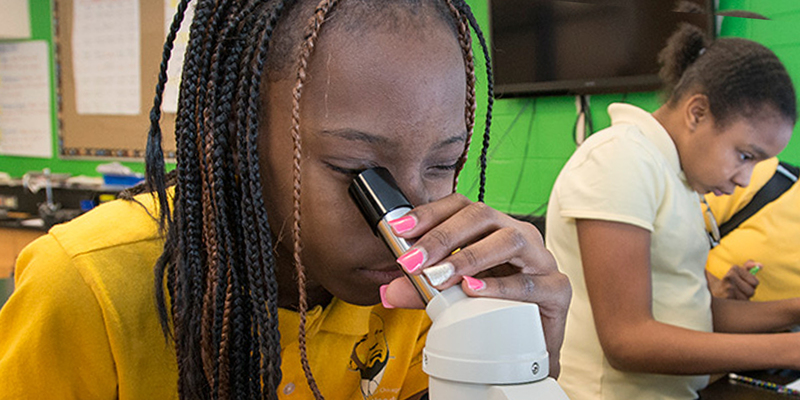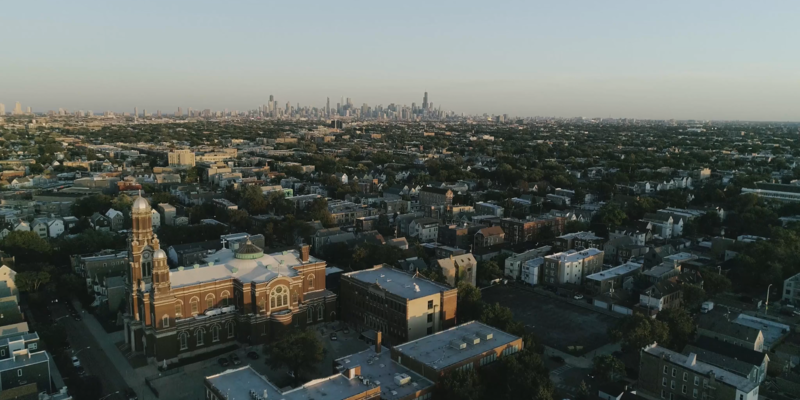Inclusive Economy Lab COVID-19 Risk Among Workers
Understanding Where Chicago’s Most At-Risk Workers Live
Since the novel coronavirus crisis led to the shutdown of nonessential businesses, workers across different occupations have faced varying risks and barriers to employment. The majority of workers continue to staff essential businesses, face unemployment or reduced hours, or both.
This examination of the distribution of workers by occupation categories across neighborhoods shows that vulnerabilities to both the epidemiological and economic risks from COVID-19 are unevenly distributed across Chicago neighborhoods. Notably several of the same neighborhoods are disproportionately bearing both the financial and health risks of the crisis.
Key Takeaways
- The neighborhoods that have the highest proportion of essential workers with increased health risks are the same neighborhoods that have the highest proportion of workers facing economic risks of continued unemployment and underemployment. These neighborhoods are predominantly on the west side, but there are also high concentrations of at-risk workers on the northwest and south sides of the city.
- Workers in labor and customer service occupations are most heavily concentrated on the west side. These workers are more likely to be uninsured than citywide averages, have lower median incomes, and face both health and economic risks due to COVID-19. This group may continue to need the most targeted supports throughout the pandemic.
- Health and safety workers face high health risks, are more likely to be female, and are more likely to be Black. Supports for this group would be valuable if they target the needs of these groups, specifically family care responsibilities that fall disproportionately on women, and additional health supports to bolster the Black population of Chicago.
- Workers in entertainment and sales occupations have lower median incomes, are more likely to be uninsured, and are more likely to commute via public transit in comparison to citywide averages. Supports for this group could target the additional health risks that come with commuting via public transit, and the economic risks of being in industries that may be some of the last to recover.
- Office and remote workers are more likely to be white, have higher median incomes, and are heavily concentrated on the north side of the city. This group may need the least targeted supports throughout this crisis as they are better insulated both financially, and in terms of health risks.





